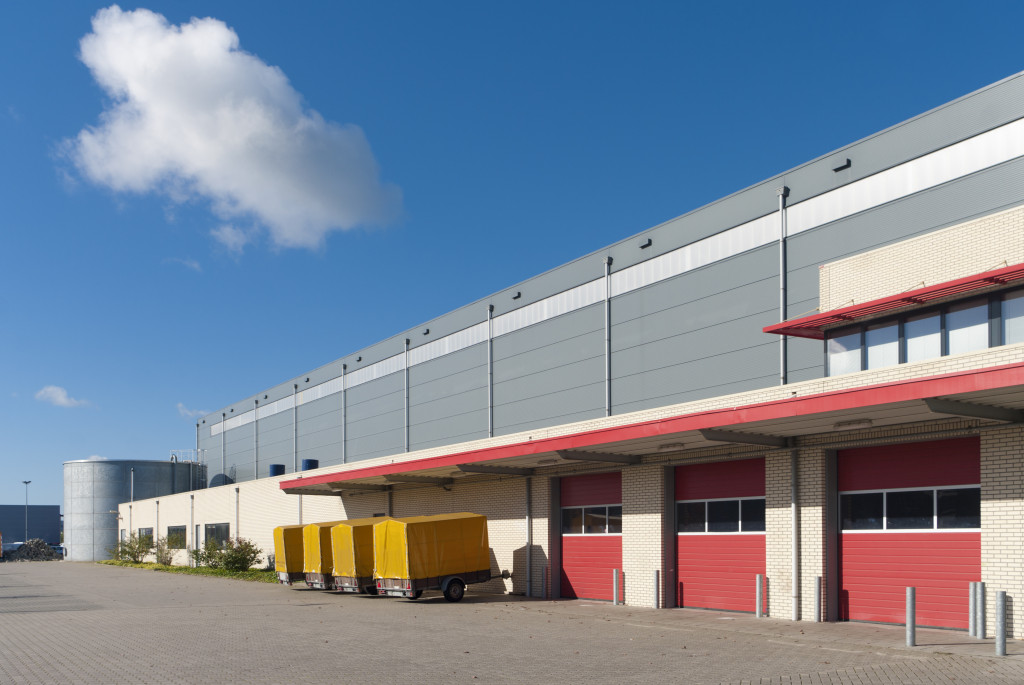If you’re managing an industrial facility, maintaining the property in optimal condition is probably your ultimate priority. You ensure workers go about in their day-to-day operations without unnecessary delays or interruptions.
Preventive maintenance is the key to keeping your facility safe and in operable condition. It involves different methods, depending on the unique needs of your industry. In the pharmaceutical and biotechnology industries, companies invest in pharmaceutical epoxy flooring to ensure the safety and operational standards of their facility.
To ensure your facility remains in good working order, you need a facility preventive maintenance checklist. But how can you make one? Read on to know more about facility preventive maintenance and how to craft a maintenance checklist.
What is facility preventive maintenance?
Facility preventive maintenance is a systematic approach to preventing and predicting equipment failures before they happen. Also known as planned maintenance, it is an upkeep method that requires technicians to perform care and routine inspections for equipment and other assets to avoid interruptions in reliability. For its implementation, operational managers use a checklist to ensure the proper handling of important assets.
Preventive maintenance is different from reactive maintenance since it doesn’t wait for inconveniences to occur; rather, it schedules preventive upkeep built around the manufacturer’s usage data, guidelines, and historical data. This results in controllable upkeep costs that can save companies thousands of dollars!
Facility preventive maintenance involves four categories:
- Inspection — Facility inspections occur for different reasons: to ensure equipment keeps functioning at maximum performance levels as possible. Regular check-ups decrease the risk of workplace accidents while ensuring higher liability protection. The frequency of inspection depends on the decision of the operational manager, whether it’s conducted weekly, monthly, or yearly.
- Detection — If a technician is performing an inspection or changing equipment, they may likely spot an unexpected issue. To avoid anticipated events in the facility, anyone who notices the problem first should raise the issue to the management.
- Correction — Once the technician submits the issue or submits a maintenance request, the operations manager should assign a work order. The repairs to be performed should fix the issue immediately before it further worsens or leads to accidents or facility shutdown.
- Prevention — The more maintenance notes and inspection records you collect, the more you improve maintenance scheduling and avoid equipment failures in the future.
Keep in mind that a preventative maintenance program doesn’t include all facility operations. Managers should include only the most important asset systems, where preventive maintenance can maximize its cost-effective benefits. Today, many are now digitizing maintenance checklists to speed up and organize the process.

The benefits of a facility preventive maintenance program
Facility managers can expect a lot of benefits after strategically implementing maintenance programs in their facilities. Here are some of them:
- Fewer equipment failures
- Reduced costly repairs
- Better facility user satisfaction and experience
- Higher staff productivity
- Efficient user of work hours and less overtime expenses
- Reduced accident risks and improved staff safety
- Higher life expectancy of equipment
- Lesser equipment replacement
- Higher return of investment within one year
While there are other advantages to enforcing a facility preventative maintenance program, you’ll eventually notice the significant savings you’ll reap after a few years of implementation. A previous study revealed that unplanned facility downtime has an average cost of $260,000 per hour. Facilities managers that fail to curb premature breakdowns will remain stuck in reactionary fixes, rapid deterioration, and higher expenses.
Managers can ensure successful facility operations if they are proactive enough to invest in a realistic, long-term preventive maintenance program. The lack of a well-planned maintenance program can lead to a crisis in reactionary management as breakdowns and repairs become a routine activity.
Creating a facility preventive maintenance checklist
Every facility is unique on its own. This means facilities have different maintenance requirements, whether it’s a plant, government building, or commercial office. Each property may involve overlapping needs and require a distinct maintenance checklist. Checklists can be divided into different categories: roofing, plumbing, electrical, lighting, HVAC, outdoor maintenance, and building exterior and interior.
You can create separate checklists for every category, including safety and maintenance equipment. While it seems a lot of work, investing time in drafting a well-planned maintenance checklist can yield bigger returns in the long term. After all, your ultimate goal is to avoid costly replacements, emergency repairs, and poor productivity caused by downtime.
If your facility still follows a reactive approach to maintenance, it’s high time for a change. A well-planned preventive maintenance checklist is the key to keeping your facility productive, efficient, and operable at all times.
Preventive maintenance is a broad topic. In this case, facility managers should invest more time in exploring various resources related to preventive maintenance to create a plan that benefits the entire facility.

